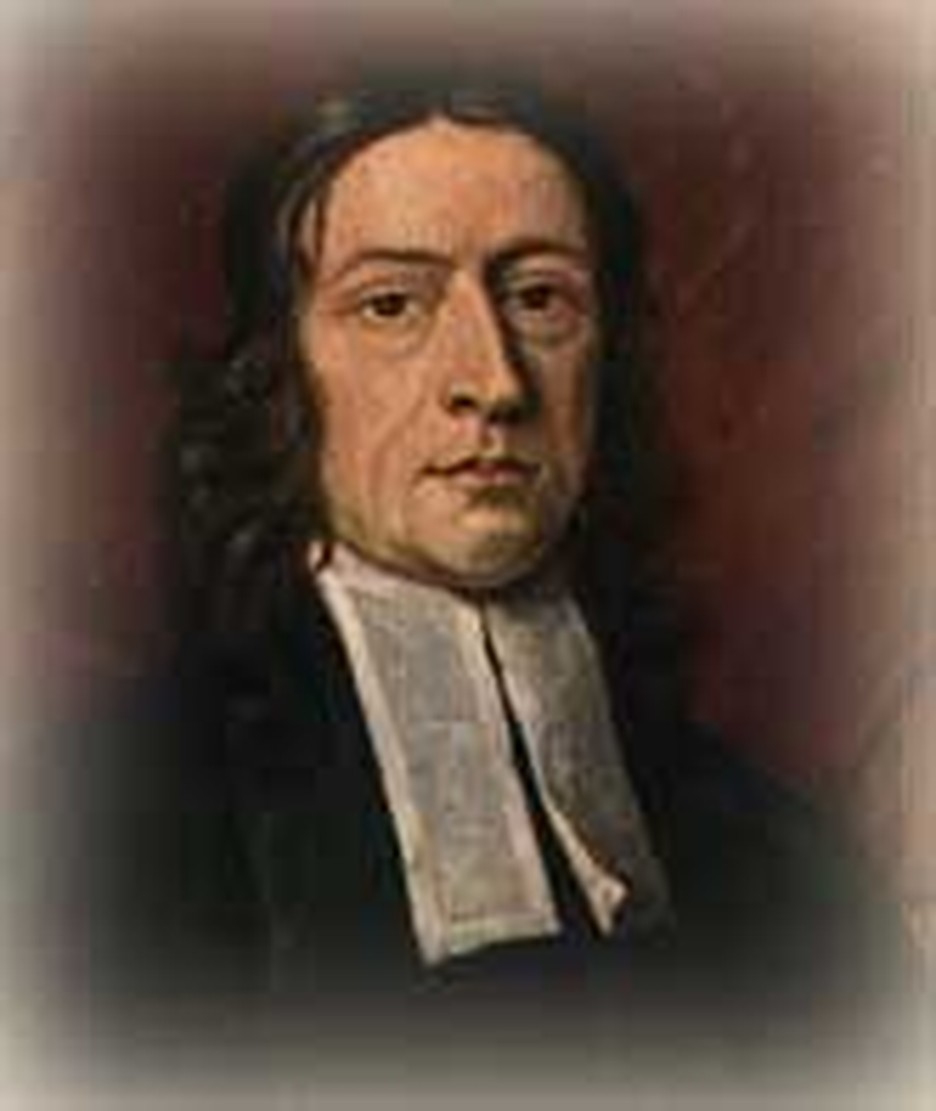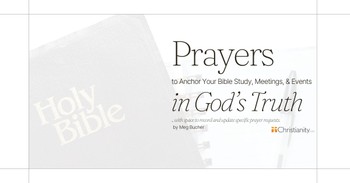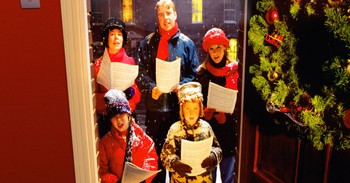
John and Charles Wesley experienced their remarkable conversions in 1738. Shortly afterward, the Methodists formed their first society in England. By the next year, the movement had grown enough that it was obvious better organization was needed. Revival groups squabbled with each other and some self-appointed leaders hindered the work by bad behavior. Some taught that people could go on sinning as they pleased and still be Christians. To check these destructive forces, John Wesley and his associates laid down rules from time to time to preserve order and spread their work.
However, it was not until 1744 that Wesley's followers first held a conference. Early the previous year, the notable evangelist George Whitefield had met with the Calvinist Methodists and organized their work. Now it was John's turn with his adherents.
"In June 1744, I desired my brother and a few other clergymen to meet me in London, to consider how we should proceed to save our own souls and those who heard us. After some time, I invited the lay preachers that were in the house to meet with us. We conferred together for several days and were much comforted and strengthened thereby."
The conference got underway at the Old King's Foundry, which the Methodists had converted into a chapel. When the meeting opened on this day June 25, 1744, in attendance were John and Charles Wesley and four other clergymen. However, these six leaders quickly agreed to bring in four traveling preachers, "lay brothers."
"The first preliminary question was then proposed; namely, how far does each of us agree to submit to the unanimous judgment of the rest in every practical point, so far as we can without wounding our consciences."
They then took up their three main agenda items: 1. What to teach. 2. How to teach. 3. How to regulate doctrine, discipline, and practice. Under doctrine, they took up such issues as faith, justification, assurance of salvation, and sanctification. Afterwards they discussed discipline and organization for their growing following.
Not all of the work went on at the Foundry. Lady Huntingdon invited the group to her London mansion in Downing Street, and heard Wesley preach from the text, "What hath God wrought." After that, her London residence became virtually a Methodist chapel.
At the close of the conference, the Methodists felt the meetings had been so productive that they agreed to hold similar conferences every quarter. This did not pan out and the conferences became annual affairs instead.
Bibliography:
- Rack, Henry D. Reasonable Enthusiast; John Wesley and the Rise of Methodism. London : Epworth, 1989.
- Various internet articles.
Last updated July, 2007


.jpg)
